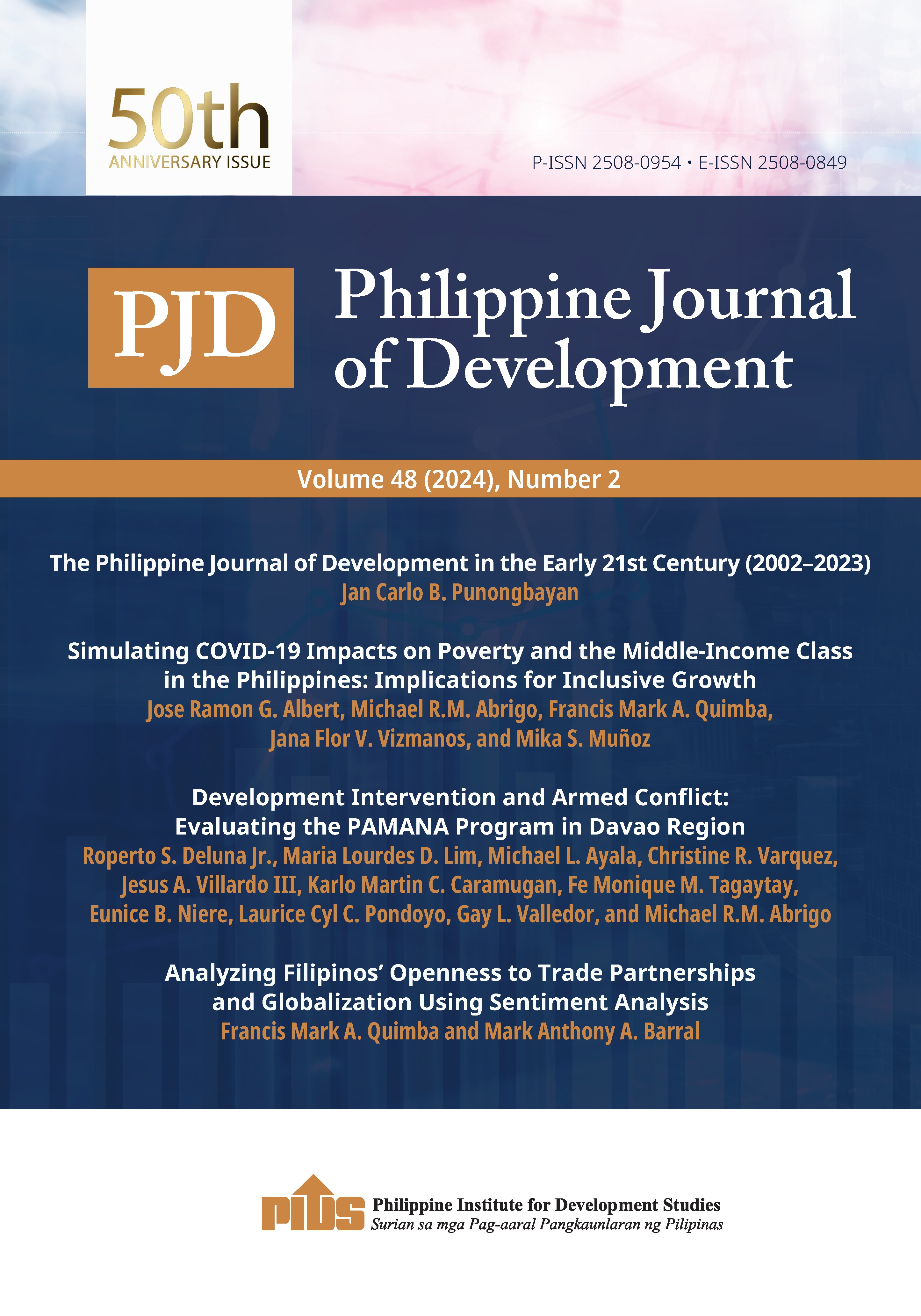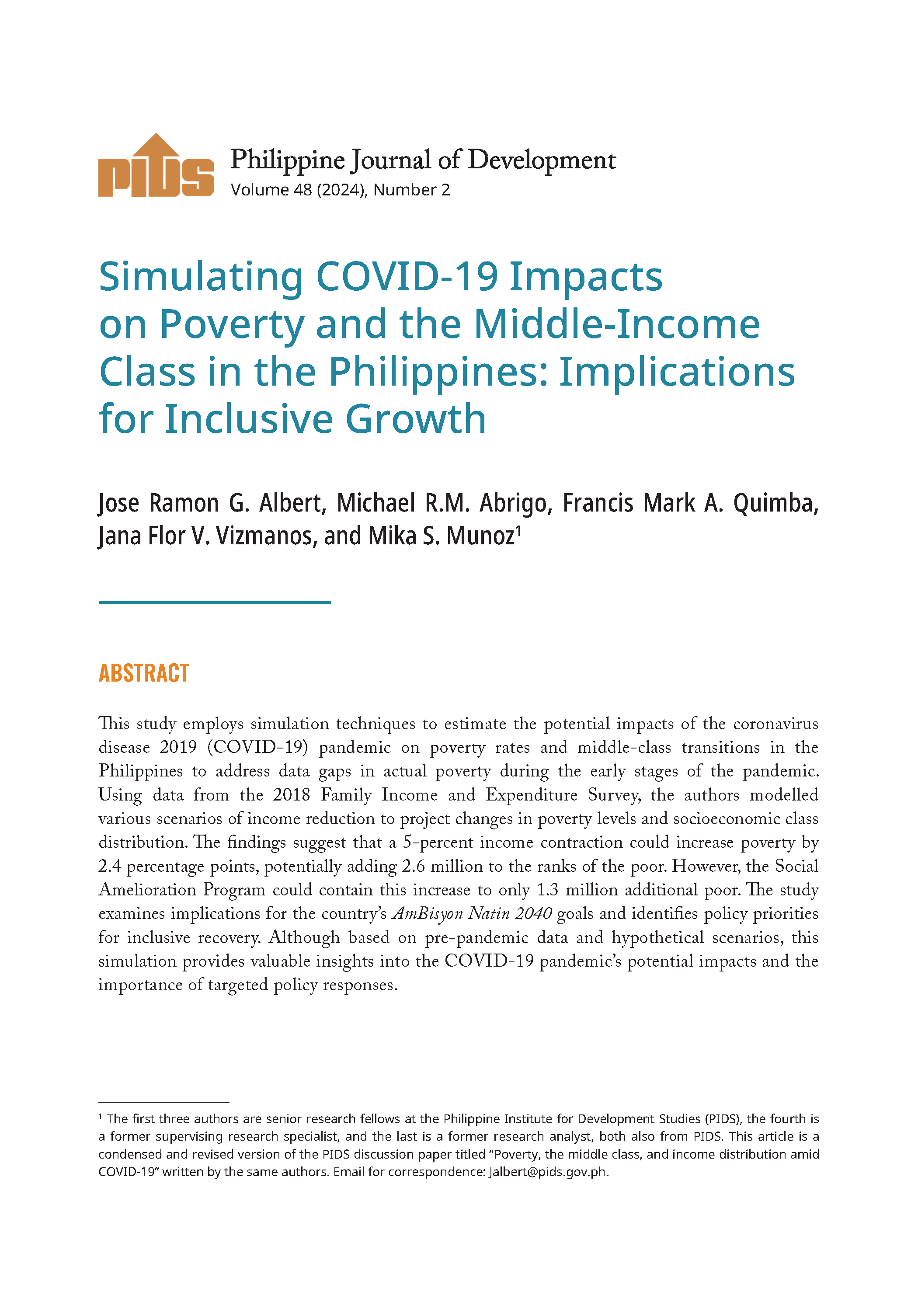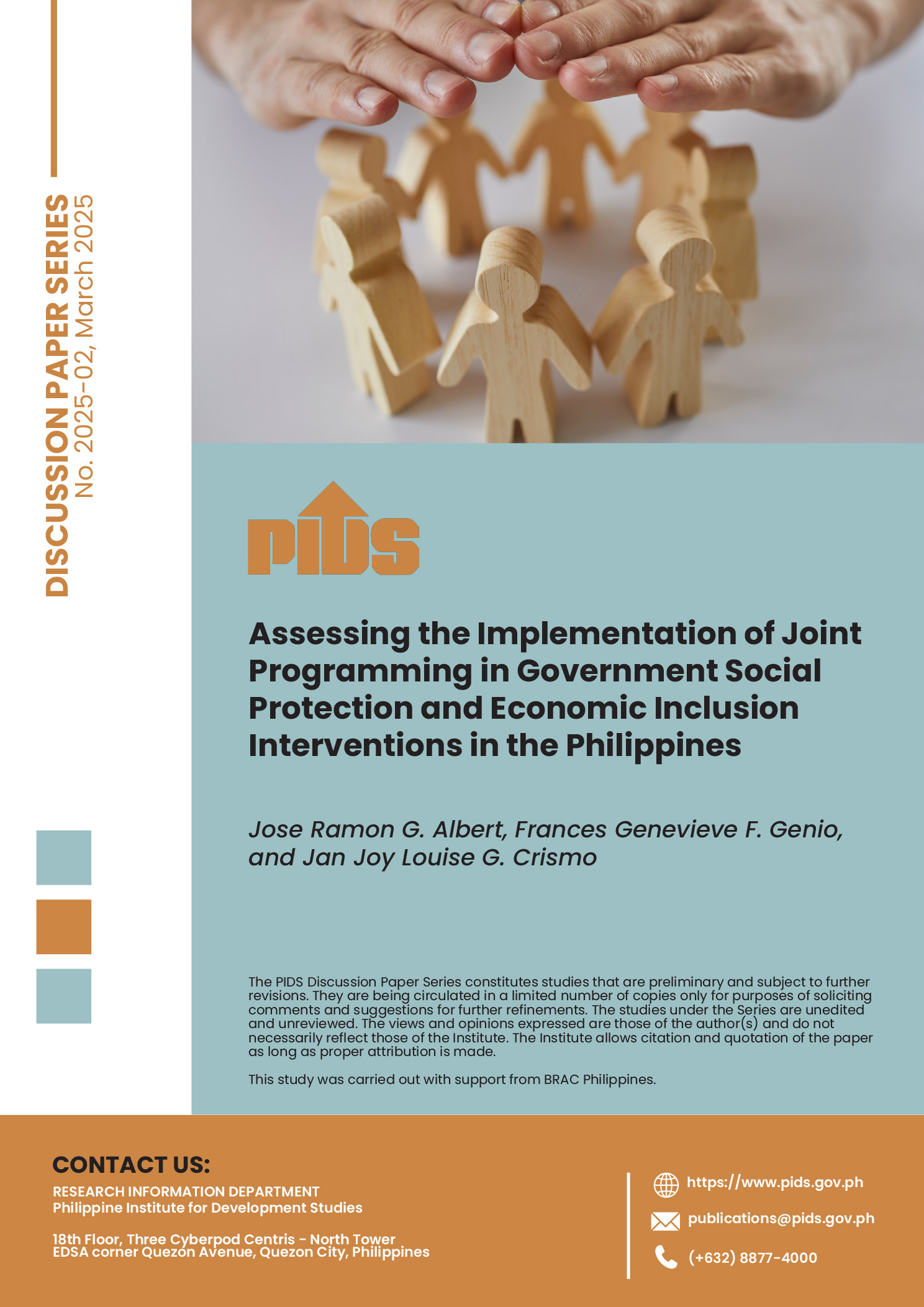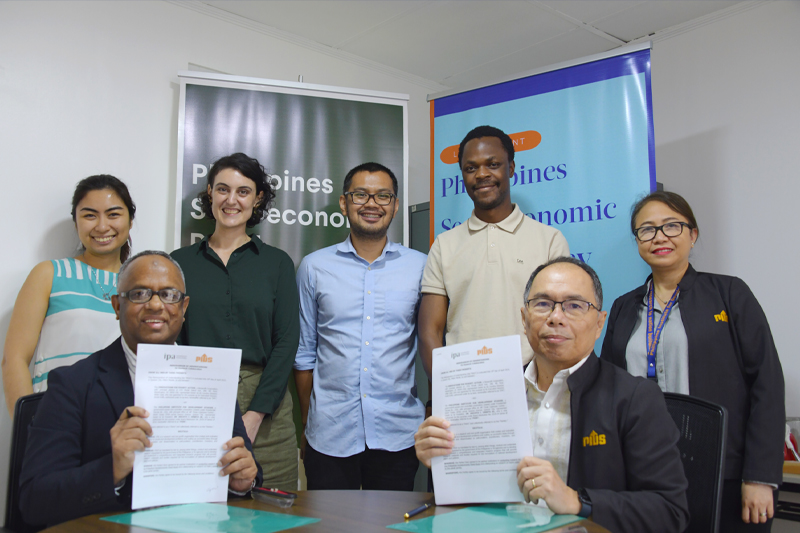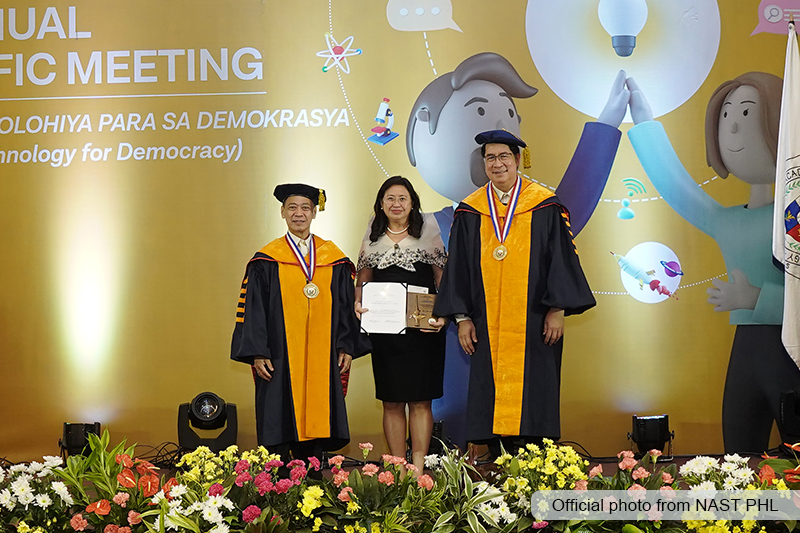In the effort to effectively monitor the progress or drawbacks in the fight against poverty to formulate more effective poverty reduction programs, the issue on comparability of the official poverty estimates through space and time has been raised. The official estimates are said to be inconsistent across regions because these are based on poverty lines that vary across regions in the country. The differences are due to the use of different menus in calculating the food thresholds for the different regions. The menus are designed to reflect the regional variations in the food consumption patterns of Filipino families. On the other hand, the incomparability of estimates across time has been a hurdle in effectively monitoring progress made over longer period of time. This problem stems from using a changing ratio of food expenditures to total basic expenditures (FE/TBE ratio), an indirect way of estimating the poverty threshold. The ratio changes because the data being used changes each time there is a new FIES dataset. In this paper, Bersales discussed the validity of the current methods, laid out several options and the corresponding merits and/or disadvantages and made several recommendations for future improvement of the current methodology.
Citations
This publication has been cited 2 times
- Martinez, Arturo Jr. 2016. Analytical tools for measuring poverty dynamics: An application using panel data in the Philippines. Working Papers id:10550. eSocialSciences.
- Martinez, Arturo Jr. 2016. Analytical tools for measuring poverty dynamics: An application using panel data in the Philippines. ADB Economics Working Paper Series 477. Mandaluyong City, Philippines: Asian Development Bank..


